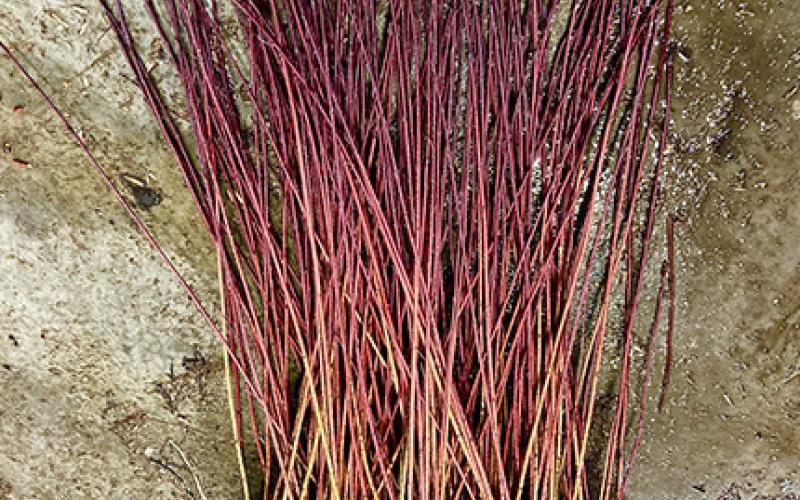
Rise in Restoration Plantings in Vermont Reveals Shortage of Native Tree Stock
The Watershed Forestry Partnership and the U.S. Fish and Wildlife Service have partnered to address a chronic shortage of native trees for restoration plantings in Vermont.
Riparian forest and wetland restoration are key strategies to address water quality concerns, improve fish and wildlife habitat, and support climate resiliency in Vermont. Restoration practitioners tend to prefer locally-grown, native plant material for restoration projects, but with only a few nurseries in the state providing this kind of plant material at a large scale, it is in short supply.
Meanwhile, the number of projects requiring native seedlings is growing and is only expected to further increase in the next decade. And the problem is not limited to Vermont; a recent survey by American Forests found that nursery production must more than double, from 1.3 billion seedlings per year to more than 3 billion per year, in order to meet even half of the reforestation potential in the lower 48 states by 2040.

Alison Adams (Watershed Forestry Partnership, University of Vermont Extension, and Lake Champlain Sea Grant) and Annalise Carington (US Fish and Wildlife Service and the Intervale Center of Burlington, Vermont) are working together to quantify and address this shortage in Vermont. This spring, they solicited input from organizations working in riparian and wetland restoration across the state to determine the current and anticipated demand for native tree stock over the next 5-10 years. They recently released a report summarizing their findings.
The results show that demand for native tree seedlings in Vermont is expected to increase by approximately 50% over the next decade, to more than 140,000 stems.
“This represents a market demand of $250,000 to $500,000 and a significant economic and workforce development opportunity for Vermont,” said Adams, Watershed Forestry Coordinator for the Partnership.
The survey also identified species of trees that are in particularly high demand, including alder and shrub willows, and explored interactions between seasonality of plantings and availability of plant material. The report offers several possible approaches to address many of the key challenges faced by organizations needing plant material for restoration plantings.
A complementary survey of nursery owners and operators has recently concluded, and results—which Adams and Carington expect will shed light on the primary limitations to nursery expansion—will be available in August 2021.